Join the author, Néstor T. Carbonell, as he shares a critical analysis of the Castro-Communist regime
and explores the challenges and opportunities that will likely arise when freedom finally dawns in Cuba.
CHAPTER 4: In the Eye of the Storm: Denouncing the Takeover (1959-Mid-1960)
While Fidel captivated the Cubans with his bold and brawny leadership and incendiary speeches—he was both the absolute CEO and PR supremo of the revolution—Raul served as his opaque but effective chief operating officer, quietly laying the underpinnings of Cuba’s totalitarian edifice with Soviet assistance. This is a man so low-key that for years only those close to him knew of his long battle with alcoholism.
If Fidel was the rambunctious Marxist-Leninist firebrand, then Raul is the methodical Communist apparatchik—a role he began playing in his twenties when he joined the youth organization of Cuba’s Socialist Popular (Communist) Party. Traveling behind the Iron Curtain for training, he developed warm relations with Soviet bloc officials who later helped the revolution to gain and retain unlimited power.
Raul liked the Russians, and the Russians reciprocated. According to the Romanian general Ion Mihai Pacepa, one of the highest-ranking officers to have defected from the Soviet bloc, Raul was always under the influence of alcohol and self-importance and found a kindred spirit in Soviet prime minister Nikita Khrushchev. Khrushchev trusted Raul and had some misgivings about the unruly Fidel.
As revealed by Pacepa, General Aleksandr Sakharovsky, who created Communist Romania’s intelligence structure and then rose to head the KGB’s First Chief Directorate, secretly brought Raul to Moscow the first time. «Both Nikita and Raul loved vodka,» Sakharovsky reportedly told Pacepa. «Both were fascinated with Marxism [and] hated school, religion, and discipline. Both considered themselves military experts. Both were obsessed with espionage and counterespionage. And both liked to sleep with their boots on.»
Indeed, Sakharovsky maintained that had it not been for the closeness of the two men, Khrushchev would never have «thrown himself entirely into the Cuban Revolution.»
CHE GUEVARA AND THE PATH
TO COLLECTIVIZATION
To spur the collectivization of the economy and the confiscation of assets and personal properties, two moderate ministers were replaced with radical revolutionaries on November 26. The remaining one, Rufo Lopez-Fresquet, minister of finance, resigned a few weeks later. But what really stunned the alert segments of the population was the appointment of the most vocal of the radical leaders, the Argentine swashbuckler Che Guevara, as president of the National Bank of Cuba. He succeeded the last of the free market reformists, Felipe Pazos.
A few days after the appointment, Fidel reportedly said that «he was astonished to see people who had money take it out of the bank.» That didn’t really matter, he sardonically added, «because we are going to print new money.» And print they did, gracing the currency with the signature «Che.»
The Cubans, even in times of great distress, don’t lose their sense of humor. I well remember a joke that circulated shortly after the appointment of Che Guevara as czar of the economy. It went like this: Castro had assembled all the senior members of his government and said, «I need an economist to head the National Bank,» whereupon Guevara raised his hand and got the job. Later, when Fidel and Che were alone, Castro expressed his surprise: «Che, I didn’t know you were an economist.» «Economist?» exclaimed Guevara. «I thought you said Communist.»
Joke aside, by the end of 1959, there was growing concern about the radical direction of the revolution, but few dared to demonstrate against the Castro regime. Political parties had been banned, except for the 26th of July Movement and the Socialist Popular (Communist) Party, which had not yet coalesced at the base. The few privately owned newspapers and radio and television stations that had survived the initial government purge were constantly harassed, and the streets were controlled by Castro mobs.
THE CHURCH WEIGHS IN
(LATE NOVEMBER 1959)
There was only one independent institution that remained standing, one that had not yet been besmirched and pummeled by the regime: the Catholic Church. Although most of the clergy and parishioners had hailed the revolution, the church had become increasingly alarmed by the fracturing of the nation with class warfare and hatred, by the systematic suppression of the right to dissent, and by the undeterred momentum of Communist penetration.
To counter this trend and uphold the threatened Christian values, the church decided to convene in late November a two-day national congress, starting with an open-air torchlight procession and Pontifical Mass.
The congress was featured as a purely religious event, but it definitely had political, anti-Communist overtones. Capitalizing on growing unrest and discontent, the church, which lacked the prestige and clout of its counterparts in other, more religious Latin American countries, was able to gather close to one million Cubans from all the provinces and all walks of life.
It was a moving experience that I shall never forget. Braving inclement weather conditions, the multitude marched in orderly fashion, carrying candles and waving white handkerchiefs. Choruses of «Caridad» (referring to the Virgen de la Caridad del Cobre, Cuba’s patron Virgin of Charity) were heard in the same staccato rhythm as the revolutionary slogan «Paredon» («To the firing wall») that was chanted at Castro’s rallies. It was the Catholics’ response to the regime’s extremism and violence. Toward the end of the ceremony, the crowd burst into a cry that reverberated through the streets of Havana like a stirring echo of defiance: «Cuba, si. Rusia, no!»
Fearing the contagious spread of opposition under the cloak of religion, Fidel Castro, who had attended the Mass-turned-protest, prohibited any similar event and soon unleashed relentless attacks on the urch, which culminated in the forced exodus of hundreds of priests d nuns in 1961.
WASHINGTON’S AMBIVALENCE TOWARD CASTRO
(NOVEMBER-DECEMBER 1959)
Washington had started to shift its policy toward Cuba m patience and forbearance to a slightly more robust opposition to e «extremist, anti-American course of the Castro regime.» But the ovember 5 policy guidance stipulated: «In achieving this objective, e United States should avoid giving the impression of direct pres-re of intervention against Castro, except where defense of legitimate nited States interest is involved.»24 Although US policy makers were losing patience with the Castro re-e, there were still those in Washington, even in the upper echelons the intelligence community, who did not view Fidel as a dangerous d intransigent ideologue. They tended to believe that he was an im-ous nationalist, not wedded to the Communists, who cleverly used m for self-serving purposes.
As expounded by General C. P. Cabell, deputy director of the CIA, a November 5 hearing before a Senate subcommittee, «Our conclu-n … is that Fidel Castro is not a Communist. … It is questionable ether the Communists desire to recruit Castro into the Communist ‘, that they could do so if they wished, or that he would be suscep-le to Communist discipline if he joined.»
The perceptive and well-informed Cardinal Richard Cushing of ston did not share Cabell’s wishy-washy position on Castro. When ed by the press at the time if he thought that Fidel was a Communist, e cardinal replied, «When I see a bird that walks like a duck and ims like a duck and quacks like a duck, I call that bird a-duck.» Cabell seems to have overlooked the Leninist path that Castro had en since he seized power—adapted, of course, to Cuba’s circum-ces and to his own idiosyncrasy. He also apparently ignored or dismissed Moscow’s growing but still covert involvement in Cuba as evidenced by the visits in May and October of Vadim Vadimovitch Listov, reported to be a high-ranking Soviet intelligence operative, and of Aleksandr Alexeyev, who posed as a TASS news agency correspondent and would later become the second Soviet ambassador to Cuba. Around this time, four top Cuban pilots had gone secretly to Czechoslovakia to lay the groundwork for a MiG jet training program.»
Ambassador Bonsai, for his part, reluctantly conceded on December 2, eleven months after his arrival, that «the efforts of our government to create an atmosphere of goodwill and good faith [in our relations with Cuba] have certainly not found an echo.»27 But even as 1959 gave way to 1960, he insisted there was no evidence «that either the Cuban or the Russian Communists were plotting with Castro behind the backs of the Cuban people to suppress [their] liberties.»28 Still hopeful for a rapprochement with the Castro regime, the US Embassy backed the mediation pursued by the Argentine ambassador Julio Amoedo in early 1960.
THE ARGENTINE AMBASSADOR’S MEDIATION | (JANUARY-FEBRUARY 1960)
Amoedo was an engaging ambassador with a keen political instinct and a penchant for diplomatic intrigue and dealmaking. My parents and I got to know him well after he rented our house on the outskirts of Havana for his official residence. Amoedo had developed a good rapport with Fidel Castro, so we were not surprised when he told us in late January that he was privately acting as a mediator in an effort to overcome the festering US-Cuba stalemate.
Relations had sharply deteriorated following the most recent of Castro’s tirades against the United States. As a result, Ambassador Bonsai was recalled to Washington and the Cuba situation was reassessed by President Eisenhower and his National Security Council. Although expectations of reaching a meaningful and lasting accord Castro were low, the president decided to take another crack at constructive engagement.
On January 26, 1960, Eisenhower issued a conciliatory statement in which he reiterated the US policy of nonintervention in Cuban affairs, recognized the Cuban government’s right to undertake reforms with due regard for international law, and expressed a desire to seek resolution of disagreements through diplomatic negotiations.
It was then that the US charge d’affaires in Havana, Dan Braddock, gave Amoedo the green light to explore an understanding with Castro along these lines: (1) the slanderous campaign against the United States must stop; (2) Castro should receive Bonsai to address and resolve outstanding issues; and (3) the US government would consider providing financial assistance to support the agrarian reform and other initiatives. (This last point was later disputed by US Embassy officials who were fearful of being accused of appeasing or bribing Castro.)
Amoedo promptly located Fidel and had a four-hour meeting with him at the house of his confidante Celia Sanchez.
The ambassador recounts that Fidel was lying down, reviewing some papers. When he heard what had prompted Amoedo’s visit, Castro reacted very negatively. He read to the ambassador the papers he was holding in his hand, which turned out to be the editorial that would be published in the government newspaper Revolution. That editorial thrashed Eisenhower’s statement and leveled grave charges against the United States.
Following a long and heated discussion, Fidel remained adamant, and Amoedo felt that it was useless to continue arguing with him. «As I was … leaving,» recalled the ambassador, «Castro stopped me … and said there was nothing to lose by hearing what the Yankees want.»‘0
As agreed with Amoedo, Castro ordered that the blistering editorial not be published and that all attacks against the United States be stopped. Fidel also agreed to discuss the differences witrfthe United States and indicated that President Dorticos would make a statement to that effect. These seemingly positive developments gave rise to considerable optimism.
Then, on February 4, Soviet deputy premier Anastas Mikoyan arrived in Cuba with a large delegation and stayed there for ten Under the trade agreement that was signed prior to Mikoyan’s departure, the Soviet Union would buy from Cuba one million tons of sug per annum for five years—about one-sixth of the total crop—and tend $100 million in trade credits at a low interest rate. Moscow agreed to provide technicians, who turned out to be experts in «dis formation and agitation.»31
No public reference was made to the supply of Soviet arms, bi when Mikoyan in a speech at a rice cooperative talked about agraria assistance, the crowd shouted, «And guns and planes too.» Mikoya then repeated, «And guns and planes too.»32
It was only on February 22 that an official reply was delivered Castro’s foreign minister, Raul Roa, to the proposal that Amoedo ha relayed. It basically said that the revolutionary government was pr pared to initiate negotiations provided that both the executive brand and the Congress of the United States refrain from adopting any mea sure that Cuba might consider prejudicial to the diplomatic parley. When Washington explained that it was not constitutionally possibl to accept that proviso, the mediation abruptly ended.
Amoedo later acknowledged that he had been taken for a ride. He wrote: «In my opinion, the Castro regime accepted my efforts at mediation as a dilatory tactic to diminish tension between Cuba anc the US while awaiting Mikoyan’s arrival. … From the moment [of his arrival], the Castro regime virtually paralyzed the negotiations with various excuses and evasions, which were designed to gain time until the Cuban-Soviet pact was signed on February 13.» The ambassador concluded: «The insincerity of the Castro regime is evident in the Roa statement of February 22, with its impossible condition.»33
Despite Amoedo’s objective testimony, some historians and pundits have asserted that had the United States been more flexible and forthcoming with Castro, Washington could have preempted the Havana-Moscow alliance. This observation fails to take into account
the repeated efforts made by the United States to seek an understanding with the Castro regime—efforts not reciprocated by Havana.
The respected journalist Arthur Krock, who judiciously researched this matter, held that Washington was not guilty of alienating Castro and pushing him into the Soviet camp. He wrote in the New York Times: «From the time Castro assumed power until May 17, 1960, the United States made nine formal and sixteen informal offers to negotiate all differences with Cuba. … On February 22, 1960, Castro did propose … to negotiate with the United States. … However, his conditions were that during the negotiation the United States should bind both the Executive and Congress to refrain from any action which Cuba would consider to affect its interests, while he remained free to negotiate or procrastinate as he chose—conditions obviously unacceptable and, so far as Congress was concerned, constitutionally impossible.»34
The collapse of the last-ditch mediation effort undertaken by Amoedo and the formalization of the Havana-Moscow pact in February 1960 reached a turning point in US-Cuba relations. CIA director Allen Dulles’s report to the National Security Council that «Mikoyan’s visit had marked the definite espousal of Castro by the USSR» laid to rest the failed US policy of patience and forbearance and set in motion the Program of Covert Action Against the Castro Regime.35
To complicate matters, on March 4, 1960, the French freighter La Coubre exploded in the harbor of Havana while it was unloading seventy-six tons of munitions ordered by Castro. Casualties may have been as high as one hundred. Unloading explosives directly onto the dock in Havana was forbidden by port regulations. Still, without any evidence, Castro accused the United States of sabotage—a charge vehemently denied by Washington—and linked the explosion to the sinking of the US battleship Maine in 1898. Availing himself of this pretext, the Cuban ruler proceeded to confiscate American propertie&^if the island and intensify his anti-US tirades.
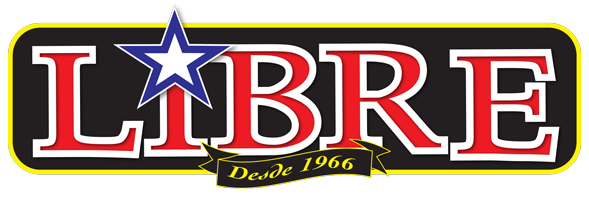
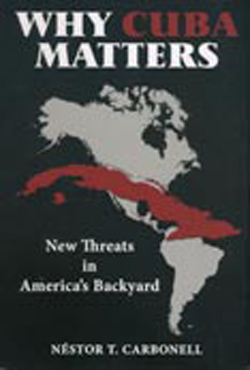

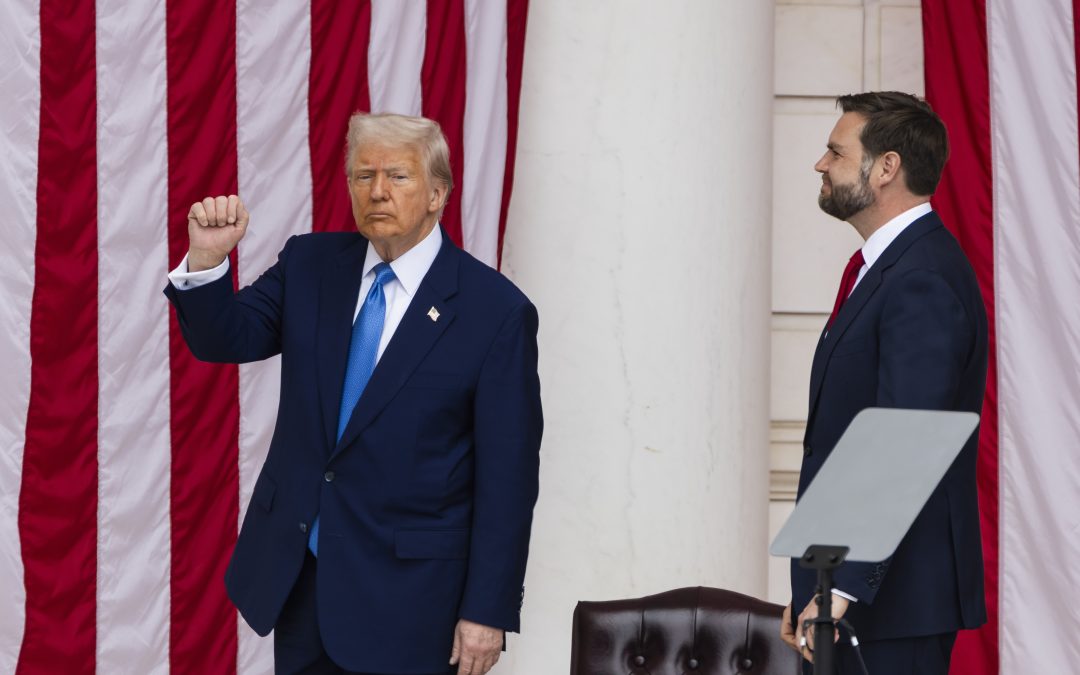
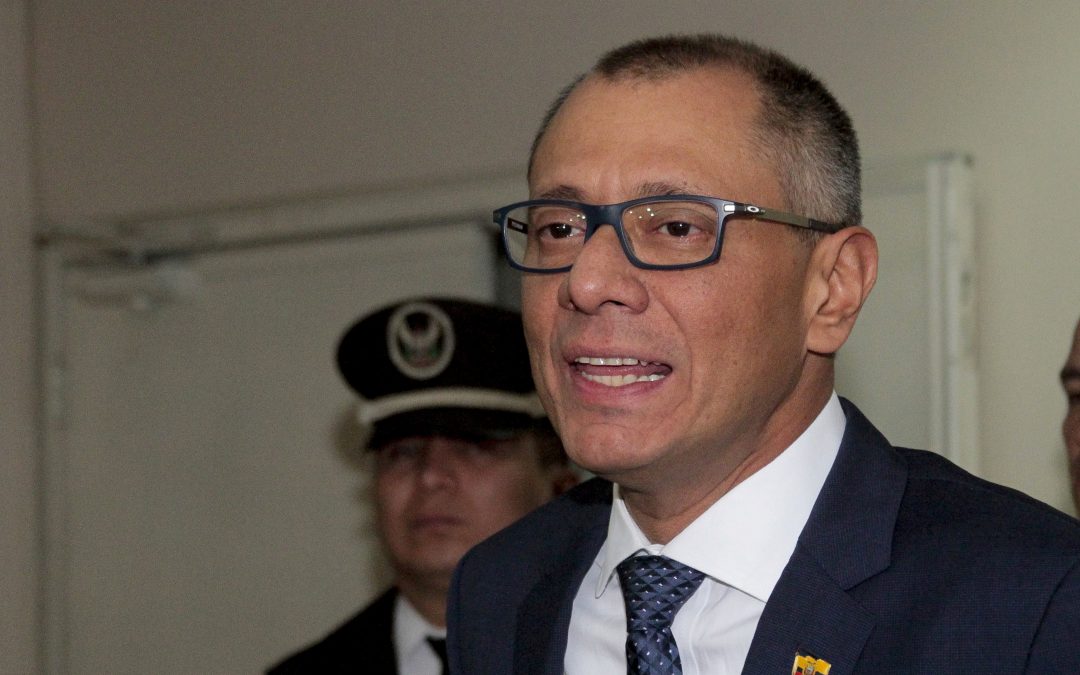
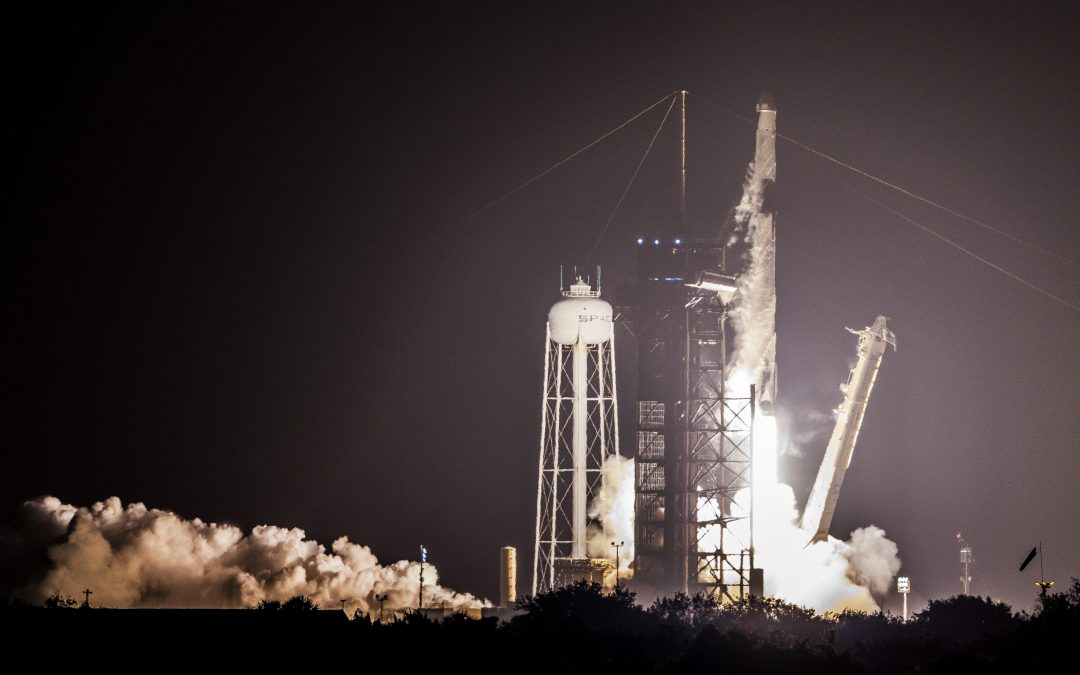
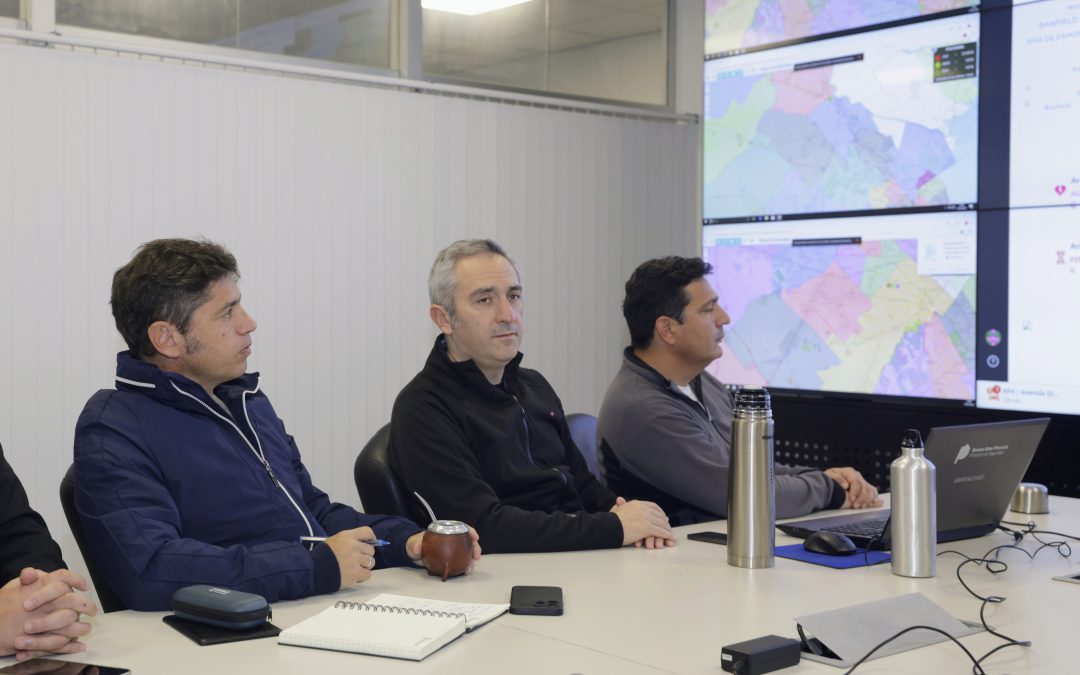





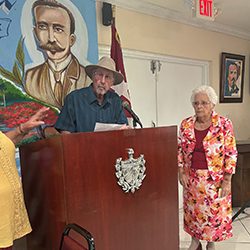

0 comentarios